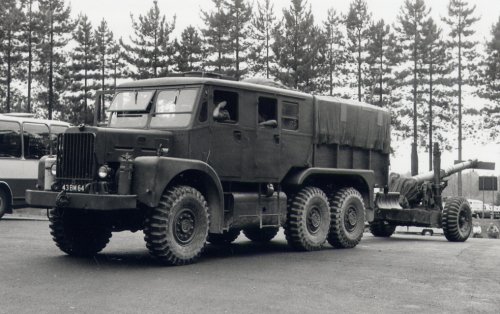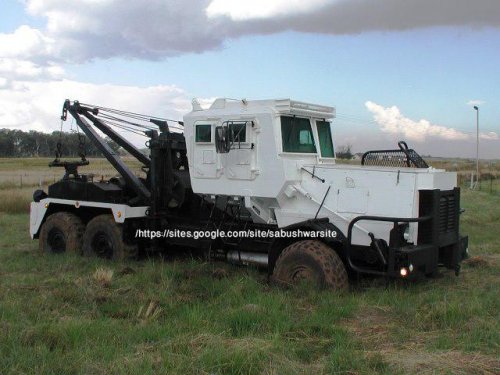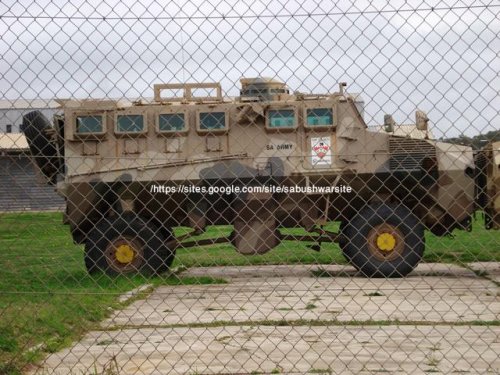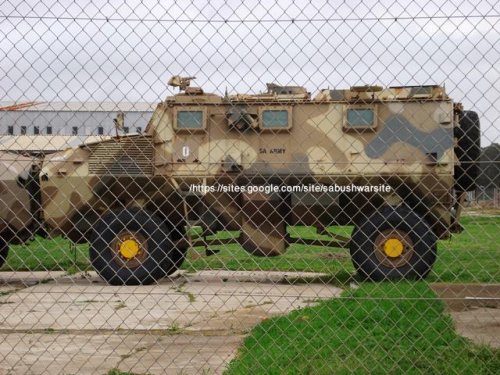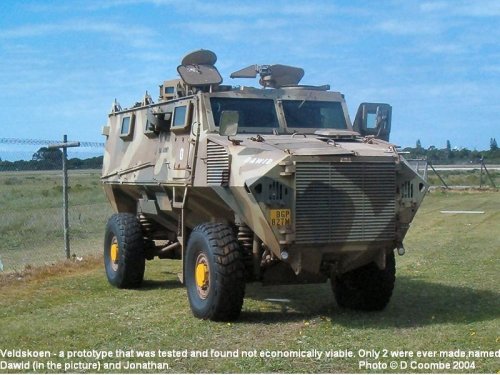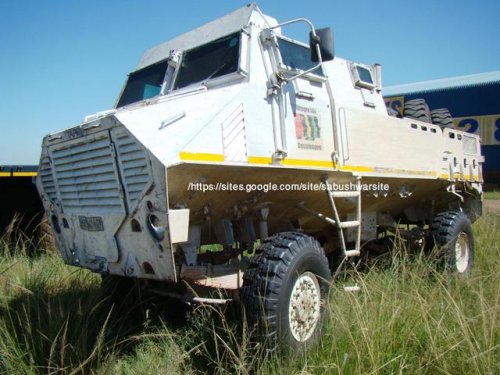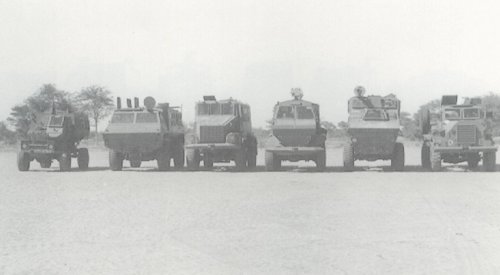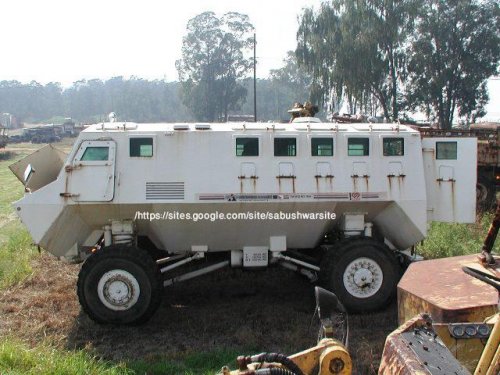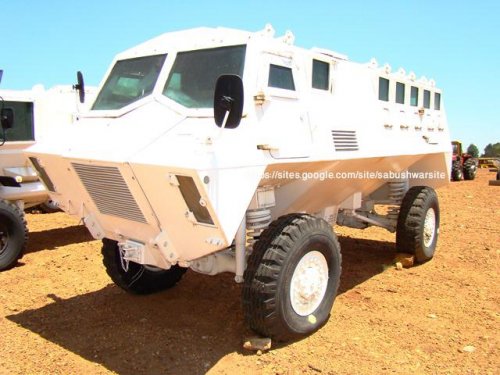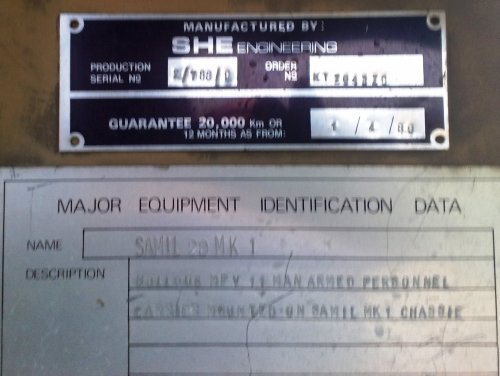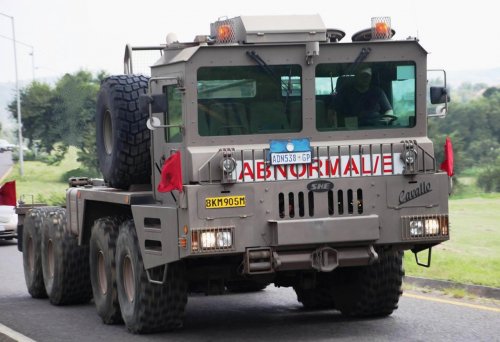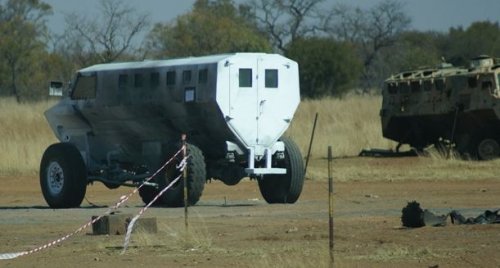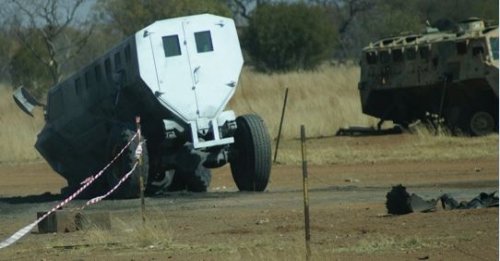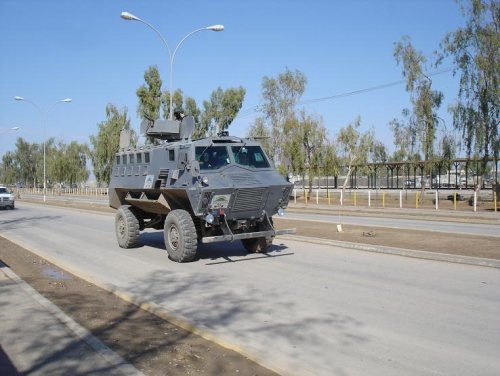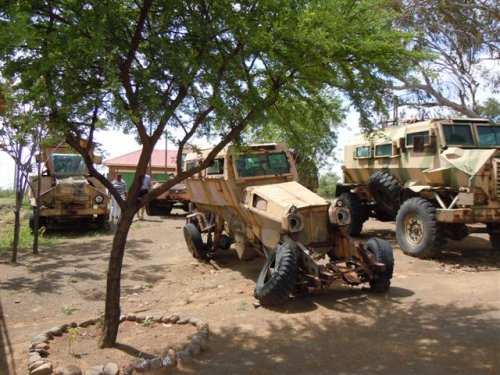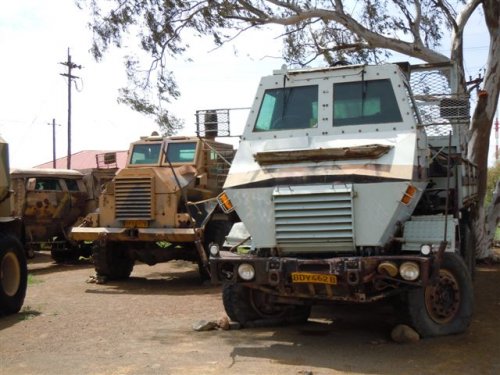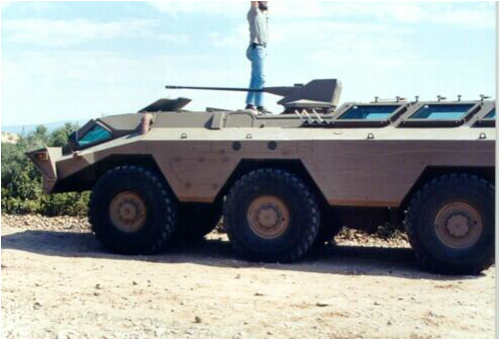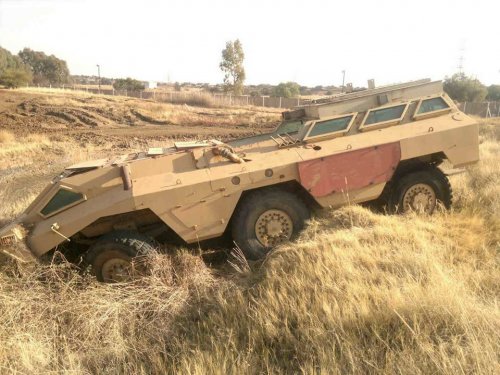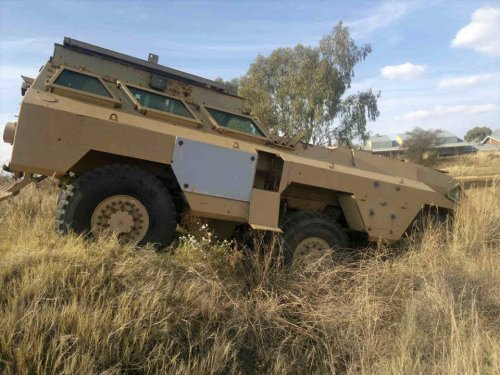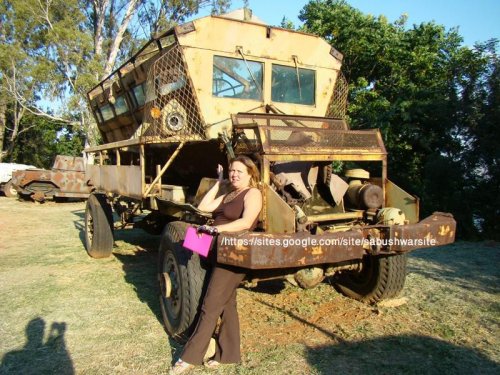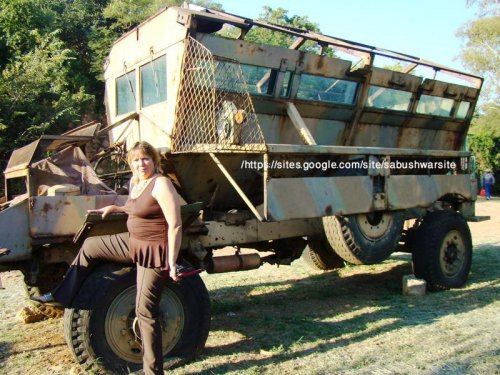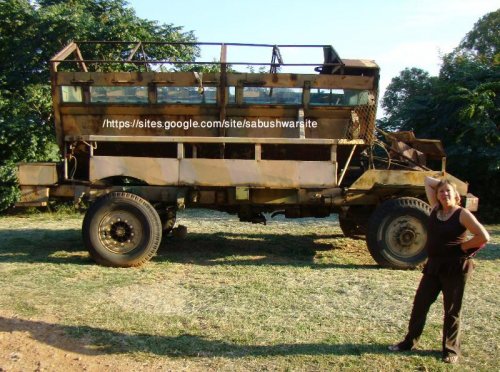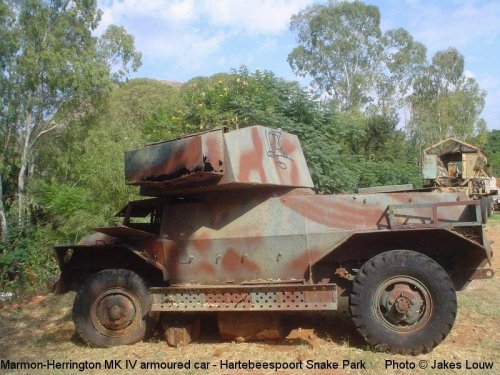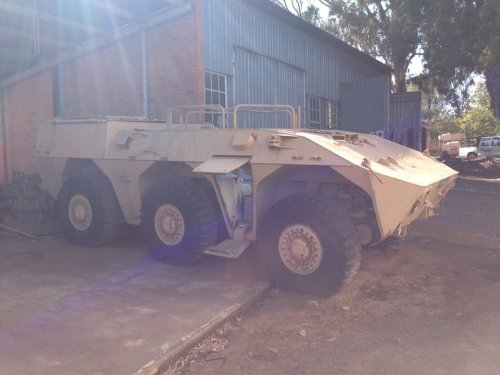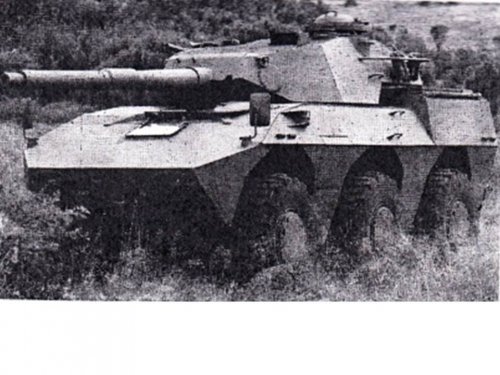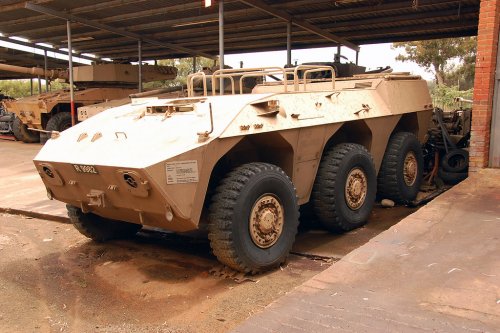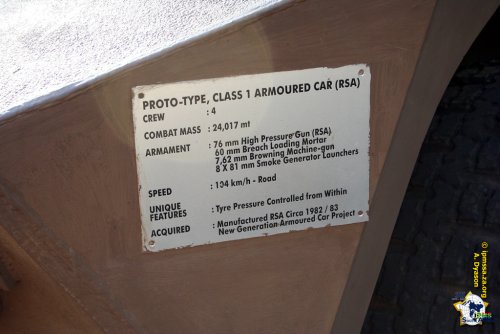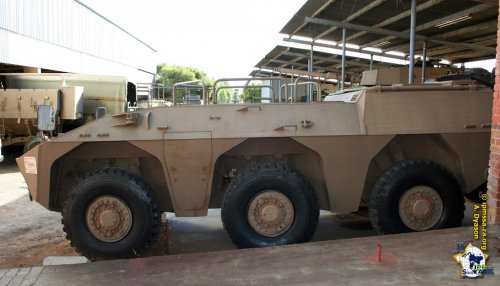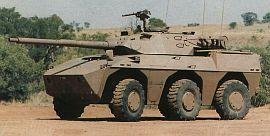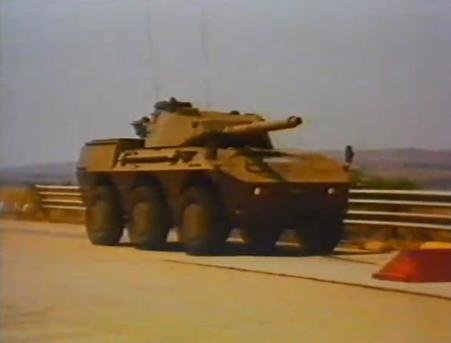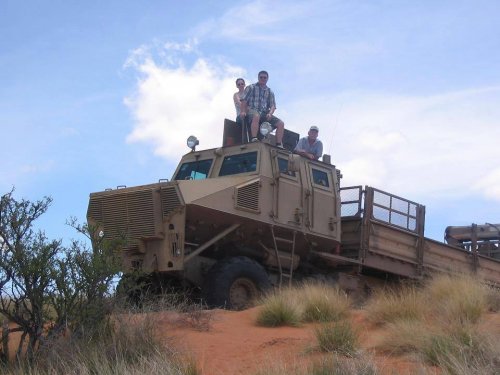Reply to post #931.
You are right about the features of the Ratel. Technically however, the Ratel chassis is low tech, significantly simpler than the Saracen, the French VAB and the Brazilian Sucuri from the same era, for example. It is simply an armoured hull on top of three MAN off-road truck axles, fitted with a commercial Büssing truck engine and an off the shelf COTS/MOTS truck type automatic transmission. The turret is derived from that of the AML/Eland and is unpowered. please note: THESE FEATURES ARE NOT NECESSARILY BAD! The use of proven commercial components resulted in a highly reliable and long-lived vehicle, low maintenance, easy to service and repair and with wide availability of spare parts. If one looks at the Saracen for instance: the whole thing is a custom built military vehicle. This means purpose designed suspension and drive-line components, etc. This is expensive, spares can only be sourced from the manufacturer and without the benefit of extensive commercial service, reliability is often not very good. The reason to develop a multi-wheel vehicle with independent suspension, equally-spaced wheels and a so-called H-type drive line lay-out, like the Saracen, was to obtain the greatest possible terrain mobility, especially over soft (European) ground surfaces and to allow the lowest possible roof line. These features were not required by the South Africans. Ground surface is generally hard in the African bush and increased vehicle height more of an advantage than a disadvantage. Extreme reliability and serviceability were premium requirements for the Ratel and these were achieven by using proven commercial components.
It has been claimed that the Ratel was the first wheeled infantry fighting vehicle. It was certainly the most heavily armed wheeled APC at that time but conceptually, it was not really that much different to the OT 64 or the BTR 60P, both armed with 14.5mm machine guns, both of which entered service in the sixties. The Ratel was significantly larger and heavier than both these vehicles, was more heavily armed and was most certainly superior as IFV.
My comment about the Saracen looking right was no more than that. It is a fine looking vehicle with the closely spaced wheels, low bonnet line, etc. It is most certainly not in the same class as the Ratel as a fighting vehicle.
You are right about the features of the Ratel. Technically however, the Ratel chassis is low tech, significantly simpler than the Saracen, the French VAB and the Brazilian Sucuri from the same era, for example. It is simply an armoured hull on top of three MAN off-road truck axles, fitted with a commercial Büssing truck engine and an off the shelf COTS/MOTS truck type automatic transmission. The turret is derived from that of the AML/Eland and is unpowered. please note: THESE FEATURES ARE NOT NECESSARILY BAD! The use of proven commercial components resulted in a highly reliable and long-lived vehicle, low maintenance, easy to service and repair and with wide availability of spare parts. If one looks at the Saracen for instance: the whole thing is a custom built military vehicle. This means purpose designed suspension and drive-line components, etc. This is expensive, spares can only be sourced from the manufacturer and without the benefit of extensive commercial service, reliability is often not very good. The reason to develop a multi-wheel vehicle with independent suspension, equally-spaced wheels and a so-called H-type drive line lay-out, like the Saracen, was to obtain the greatest possible terrain mobility, especially over soft (European) ground surfaces and to allow the lowest possible roof line. These features were not required by the South Africans. Ground surface is generally hard in the African bush and increased vehicle height more of an advantage than a disadvantage. Extreme reliability and serviceability were premium requirements for the Ratel and these were achieven by using proven commercial components.
It has been claimed that the Ratel was the first wheeled infantry fighting vehicle. It was certainly the most heavily armed wheeled APC at that time but conceptually, it was not really that much different to the OT 64 or the BTR 60P, both armed with 14.5mm machine guns, both of which entered service in the sixties. The Ratel was significantly larger and heavier than both these vehicles, was more heavily armed and was most certainly superior as IFV.
My comment about the Saracen looking right was no more than that. It is a fine looking vehicle with the closely spaced wheels, low bonnet line, etc. It is most certainly not in the same class as the Ratel as a fighting vehicle.

